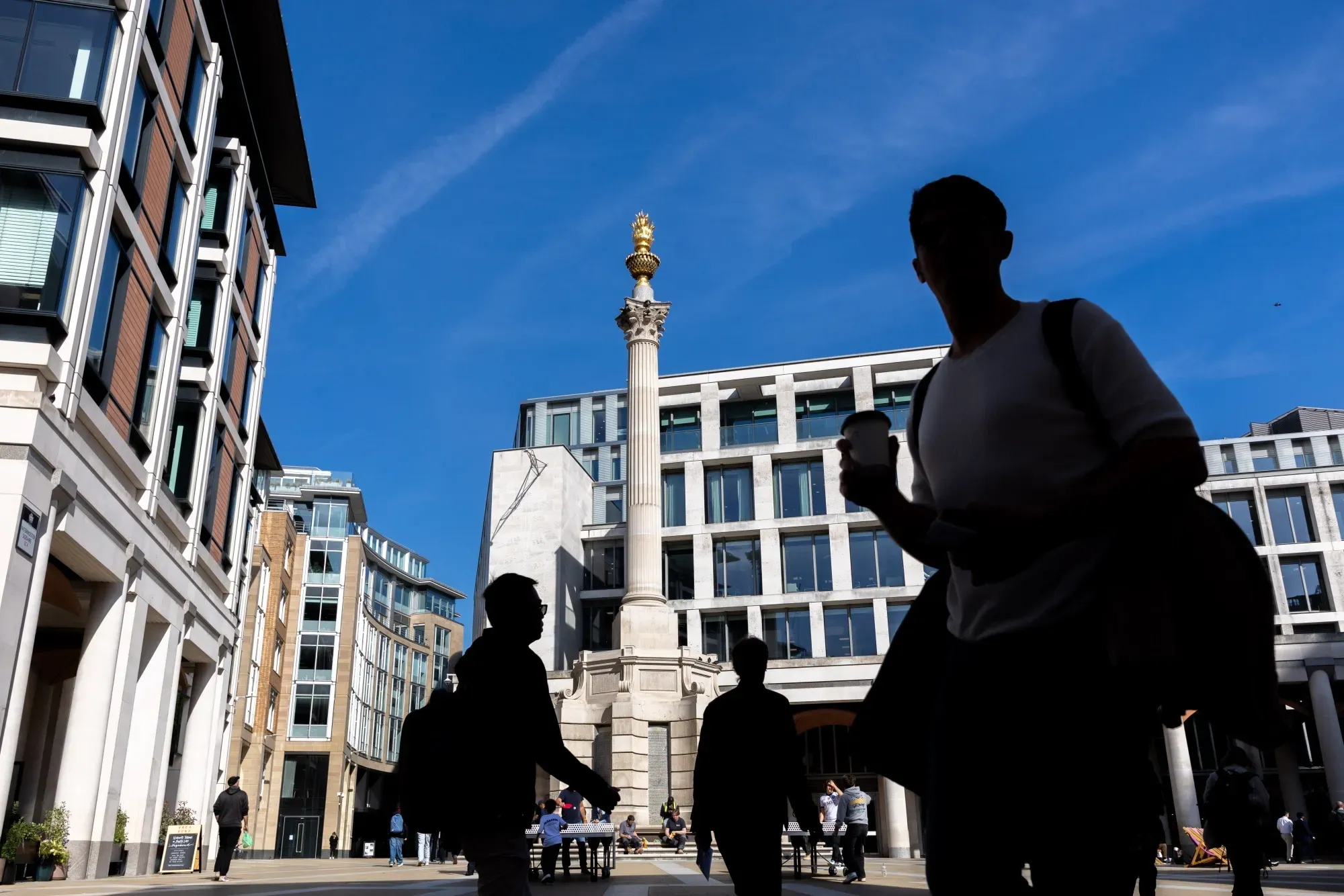Business
Capital Market Activity Declines as IPO Pipeline Remains Limited

Introduction
London’s capital markets are showing signs of fatigue as the initial public offering (IPO) pipeline remains thin and investor sentiment stays subdued. Despite stabilization in inflation and modest recovery in equity prices, the number of new listings on the London Stock Exchange has fallen to its lowest level in nearly a decade. High interest rates, volatile valuations, and ongoing geopolitical uncertainty have dampened risk appetite, leaving many companies postponing or canceling plans to go public. The slowdown underscores a deeper structural challenge for London’s markets as they compete to retain global relevance amid shifting financial dynamics.
Market Overview
Data from the London Stock Exchange Group indicates that only twelve IPOs were completed in the first nine months of 2025, raising just £3.4 billion in total proceeds, compared with £7.8 billion across twenty-five deals during the same period in 2024. Average deal size has also declined, reflecting cautious valuations and tighter liquidity conditions. The persistence of a 5.25 percent base rate set by the Bank of England continues to raise the cost of capital, discouraging speculative investment and weighing on corporate financing decisions.
Market analysts attribute the decline in IPOs to a combination of cyclical and structural factors. On the cyclical side, uncertainty over global growth and inflation has kept institutional investors focused on defensive assets such as bonds and infrastructure funds. Structurally, London faces rising competition from New York, Amsterdam, and Singapore, where listing requirements are viewed as more flexible and valuations more favorable. The result is a subdued equity pipeline even as global markets show tentative signs of recovery.
The FTSE 100 index has remained relatively stable around the 7,400 mark, but mid-cap and growth-oriented stocks continue to underperform. The FTSE 250 has fallen around two percent since July, reflecting weaker domestic sentiment. Trading volumes on the main market have also slowed, with turnover down nearly 15 percent year-on-year.
Policy Insight
The government and the Financial Conduct Authority have launched multiple initiatives to revive London’s appeal as a listing venue. The Edinburgh Reforms and subsequent regulatory updates introduced simplified listing rules aimed at reducing administrative barriers for high-growth firms. These measures include merging the premium and standard listing segments and easing disclosure requirements for dual-class share structures. While the intent is to make the UK more competitive, adoption has been slow, with many companies opting to wait for clearer economic signals before proceeding.
Treasury officials maintain that improving market conditions will depend on restoring investor confidence rather than relying solely on regulatory reform. The upcoming Autumn Statement is expected to outline further incentives for capital formation, including potential tax breaks for investment in growth sectors such as green energy and advanced technology. The Bank of England’s cautious stance on monetary easing suggests that financing conditions will remain tight through the first half of 2026, limiting the immediate impact of fiscal measures.
In parallel, the London Stock Exchange is pursuing strategic partnerships with technology and data firms to modernize trading infrastructure. Enhanced access to global investors through digital issuance platforms is expected to reduce administrative costs and attract a broader range of participants. Analysts note that these changes may take several quarters to translate into increased listings but represent an important step toward modernization.
City Response
Within London’s financial district, market participants are adjusting to a quieter deal environment. Investment banks have scaled back their equity capital markets divisions as advisory mandates dwindle. Many boutique firms are focusing on mergers and acquisitions, which have remained more active than IPOs. Lawyers and accountants specializing in listings report that pipeline activity is centered on mid-2026 or beyond, reflecting a cautious outlook.
Venture capital and private equity funds are also delaying exits, preferring to hold portfolio companies longer until valuations improve. Some firms are turning to private secondary markets or direct placements as alternatives to public listings. This shift has increased activity in private debt and structured finance, providing short-term liquidity while avoiding the volatility of public markets.
Institutional investors continue to emphasize quality and stability, favoring companies with strong cash flow and resilient earnings over speculative growth stories. Pension funds and insurers have rebalanced toward fixed income, capitalizing on higher yields. Market strategists argue that London’s equity ecosystem is undergoing a transition from speculative expansion to sustainable value creation, which could strengthen its long-term foundation once macroeconomic conditions stabilize.
Market Impact
The slowdown in capital market activity has implications for both corporate financing and the broader economy. Fewer IPOs reduce opportunities for investors to participate in new growth stories, while smaller firms struggle to raise capital for expansion. According to Bloomberg data, total equity issuance by UK companies fell 40 percent in 2025 compared with the previous year. This trend could weigh on productivity and job creation if sustained.
At the same time, subdued market activity has prompted policymakers to revisit how to attract high-growth industries to public markets. The fintech, clean energy, and life sciences sectors are seen as key areas where improved capital access could support national competitiveness. London’s deep financial infrastructure remains an advantage, but the challenge lies in bridging the gap between innovation and investment at scale.
Foreign listings have also declined, with overseas firms citing currency volatility and complex post-Brexit regulations as deterrents. Nonetheless, some analysts see potential for recovery in 2026 if inflation continues to ease and rate expectations decline. Lower borrowing costs could revive both investor sentiment and corporate confidence, paving the way for renewed issuance.
Outlook 2026
Economists expect a gradual improvement in capital market conditions in the second half of 2026. Forecasts suggest that GDP growth could rise to 1.2 percent next year as inflation moderates and real incomes recover. If the Bank of England begins easing monetary policy around midyear, it could reduce borrowing costs and support equity valuations. Market participants believe that pent-up demand from firms delaying listings could generate a modest rebound in IPO activity.
Long-term competitiveness will depend on London’s ability to combine regulatory flexibility with market depth. Analysts emphasize that innovation in market structure, digital trading platforms, and investor outreach will be key to restoring momentum. The city’s financial ecosystem continues to adapt, supported by its global investor base and strong institutional framework. While short-term headwinds remain, London’s capital markets retain the capacity to recover once macroeconomic confidence returns.
Conclusion
The decline in capital market activity underscores the challenges facing London’s financial hub as it navigates a high-rate environment and global uncertainty. A limited IPO pipeline reflects both cyclical caution and deeper structural competition from rival centers. Yet the city’s long history of adaptability, coupled with policy efforts to modernize regulation and infrastructure, provides grounds for cautious optimism. As 2026 approaches, stability in inflation, monetary easing, and renewed investor confidence could set the stage for a gradual recovery in listings and capital formation. London’s role as a gateway for global finance remains intact, but sustaining it will require aligning innovation, policy, and investor trust in a rapidly evolving financial landscape.




















